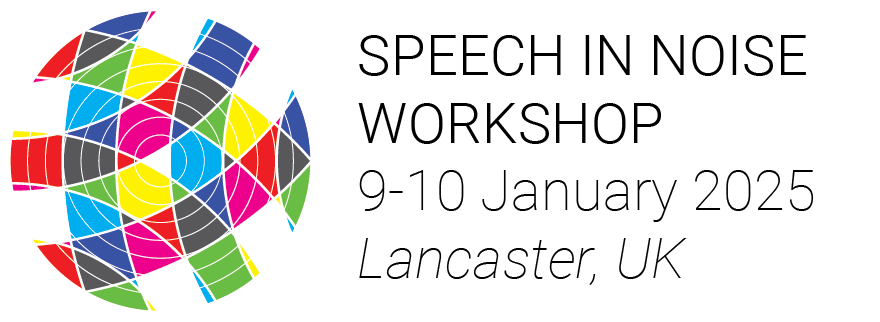P49Session 1 (Thursday 9 January 2025, 15:25-17:30)Development of a naturalistic conversation paradigm for use with wearable neuroimaging technologies
Background: Age-related hearing loss (ARHL) is a gradual loss in high-frequency hearing that begins to emerge in middle age, leading to difficulties in understanding speech-in-noise. Population-level studies have pointed towards a link between ARHL and dementia, and a lack of social interaction has been linked to an increased risk of developing dementia. However, no causal mechanisms have been definitively identified to explain these associations.
Established neuroimaging technologies restrict the range of environments in which neural data can be collected. Emerging advances in wearable neuroimaging technology, however, hold promise to enable researchers to study the neural basis of speech processing in ecologically valid contexts.
Here, we present a new paradigm for studying speech processing during a naturalistic conversation, mimicking everyday social interactions, whilst collecting data on neural activity with wearable high-density functional near-infrared spectroscopy (fNIRS).
Methods: The paradigm consists of two tasks. For both tasks, a participant and experimenter sit on opposite sides of a square (0.8m x 0.8m) table. The participant wears a high-density fNIRS cap. In task one, the participant and experimenter engage in a 3-minute conversation, assuming “speaker” and “receiver” roles which alternate every 15 seconds. Two other tables in the room are used to mimic a cafeteria set-up, each with a loudspeaker which plays 6-speaker babble noise or cafeteria noise to alter the acoustic soundscape. The task is run in quiet, with a loudspeaker on the farthest table presenting interferers, with a loudspeaker on the nearest table presenting interferers, and with both noise sources playing at the same time.
In task two, the experimenter and participant engage in an unstructured 6-minute conversation, conducted in each of the auditory scenarios used in task one. We intend to explore other approaches for modifying receiver (e.g. earplugs and black-out glasses) and speaker (e.g. complexity of language and speed) characteristics to determine how these affect communication.
Results: We will present results of behavioural scores in these scenarios and preliminary neuroimaging data collected during this paradigm with typically hearing participants.
Conclusions: Our naturalistic social communication paradigm will be used with wearable neuroimaging techniques in older adult cohorts with and without hearing loss to explore the neural basis of speech processing. We will further develop the paradigm for use with participants with hearing loss and/or cognitive impairment, contributing to the evidence base on whether there is a causal link between ARHL and cognitive impairment.

